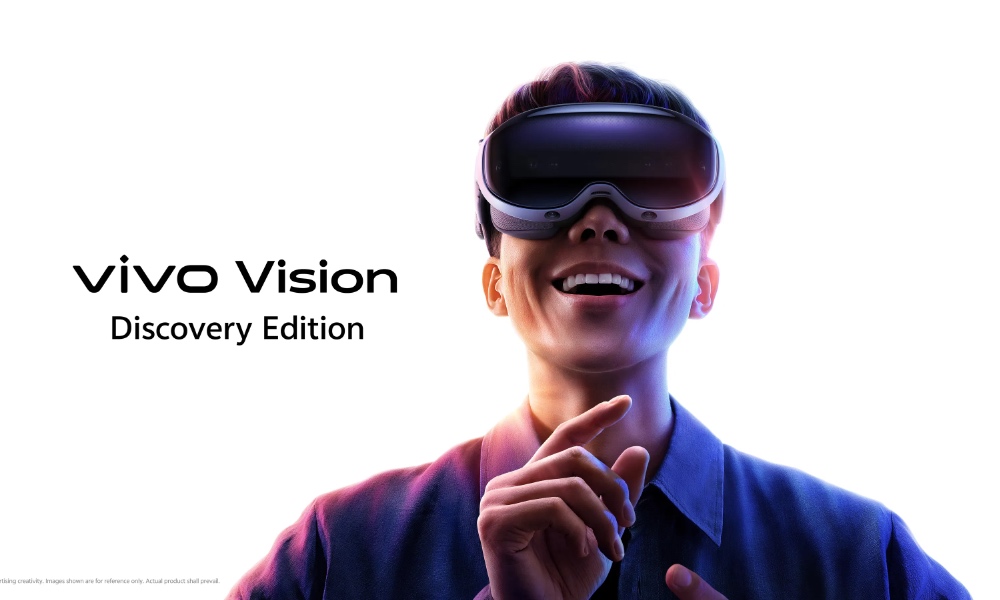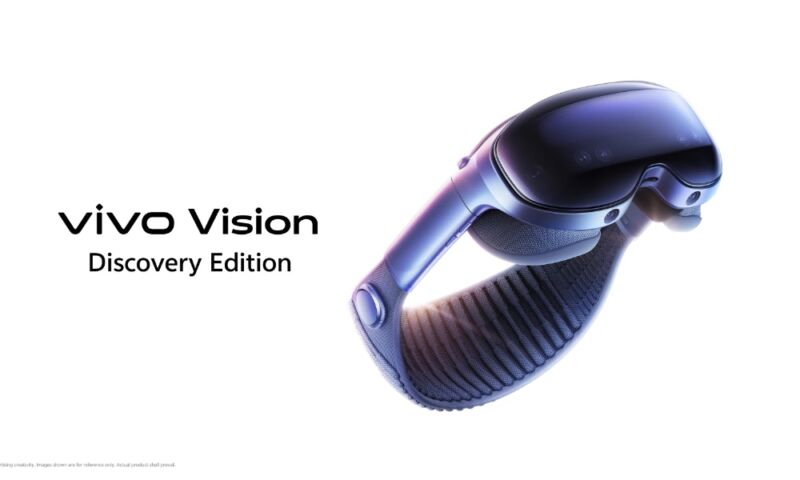Vivo Launches $1,400 Apple Vision Pro Clone in China

Toggle Dark Mode
Chinese smartphone maker Vivo has unveiled its first mixed reality headset, and Apple’s Vision Pro was overheard saying, “It’s like I’m looking in a mirror.” The new headset is called the “Vivo Vision Discovery Edition.”
Vivo says its Vision Pro clone “marks a significant milestone in vivo’s exploration of spatial computing and immersive technology,” and it looks like that exploration started with Apple’s Vision Pro.
The headset sports downward-pointing cameras and a curved front glass visor. The headset offers a knitted rear strap. removable fabric light seals in four sizes, multiple foam padding options, and an aluminum external battery pack that connects to the headset via a braided cable. The Vivo Vision “Discovery Edition” also offers support for 26-degree depth of field for gesture-based navigation and 1.5-degree eye tracking.
Is any of this sounding familiar yet?
It’s not fair to say that the Vivo Vision is a direct clone, as the new headset does boast some specs that are an improvement over the Vision Pro. The headset’s dual 8K micro-LED displays offer a resolution of 3,840 × 3,552 pixels per eye, which is slightly higher than the Vision Pro’s resolution, and also provide a 180-degree panoramic field of view. The Vivo Vision is significantly lighter than the Vision Pro, weighing in at 398 grams, compared to Apple’s 650-gram weight. Vivo claims its headset is 26% smaller than the “industry average.”
On the software end of things, the headset runs on Vivo’s in-house-developed OriginOS Vision operating system, which Vivo claims offers ultra-low latency of just 13 ms. The software offers the usual suspects when it comes to software, including support for recording 3D videos, spatial audio, and spatial photos. Users can view movies and other content on a virtual 120-inch cinema screen.
The headset also outperforms the Vision Pro in another important category: price. The Vivo Vision is expected to be sold for around 10,000 yuan (approximately $1,395 USD), which is less than half of the Vision Pro’s starting price of $3,499. While pre-orders are now open for the headset, Vivo has yet to announce a delivery date or other availability details. That should give Apple more than enough time to get its legal ducks in a row for a lawsuit.
So far, there hasn’t been any indication that Vivo will release its headset anywhere outside of China. 
Even if the Vivo Vision were released outside of its home country, it likely wouldn’t significantly impact Apple’s bottom line, as the Vision Pro has been somewhat of a disappointment, selling rather poorly. However, as we pointed out in May, not every product’s initial version is meant to be a success. Sometimes, that first generation isn’t about winning the market; it’s about laying the groundwork for future generations of the device.
Apple is not standing pat with the Vision Pro. Recent discoveries in Apple code point to a Vision Pro model powered by an M5 chip. While the second-generation Vision Pro isn’t expected to boast any outward design changes or big hardware updates (outside of the new processor), a new strap is expected to make the headset more comfortable to wear for an extended period of time. We could see the second-generation Vision Pro be unveiled before the end of this year.







